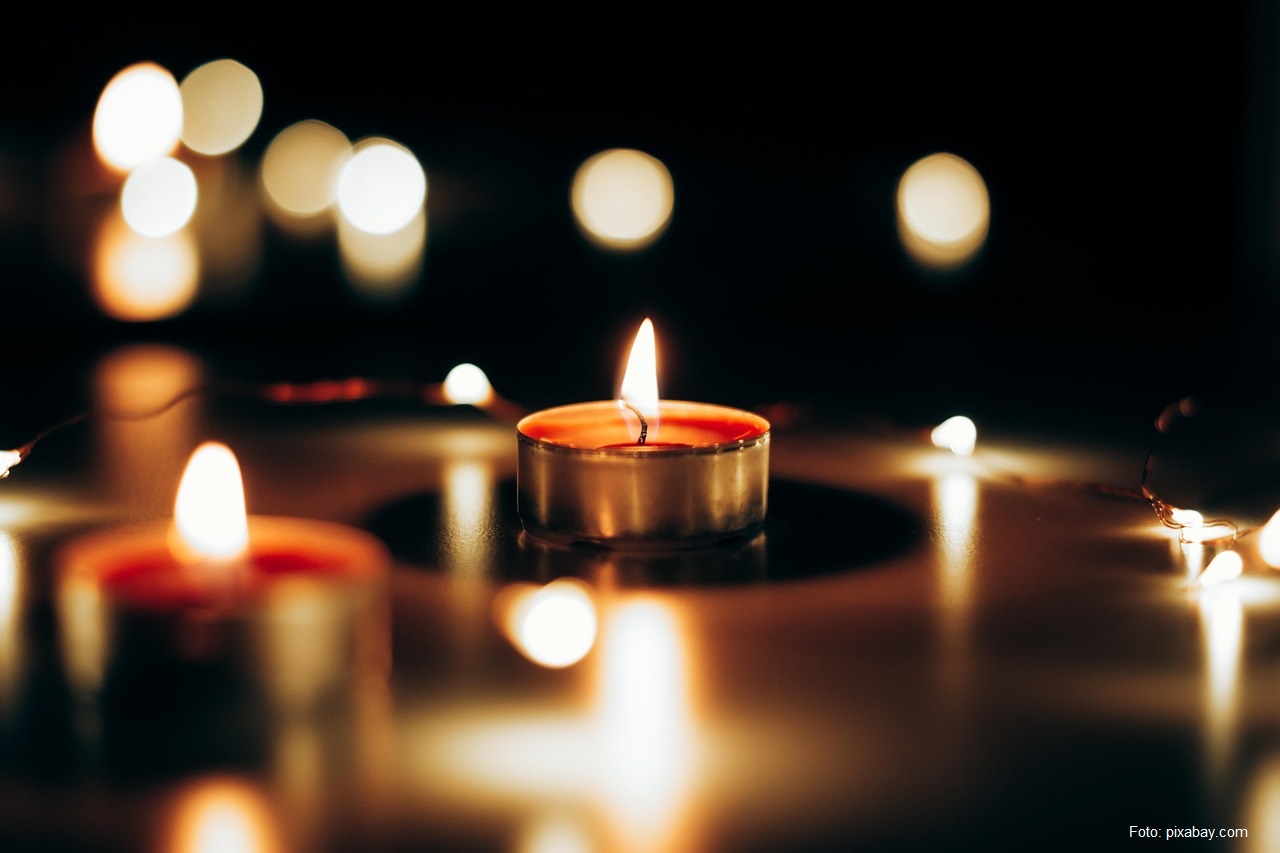Christmas Traditions in Romania
This special feature is devoted to Christmas traditions in Romania.

Monica Chiorpec, 25.12.2019, 14:00
Christmas, the great moment of the birth of Jesus Christ, celebrated by the entire Christian world, is marked in Romania by a series of specific rituals. The historical region of Maramures and the Oas Land, in the north, are two of the ethnic folk regions of Romania where the spirit of Christmas has been preserved for centuries, being passed from one generation to the next. According to Natalia Lazar, the manager of the Oas Land Museum Christmas is a very important Christian celebration in the county of Maramures and in its ethnic-folk areas. The celebrations that are derived from pagan or pre-Christian rituals are very important and such a ritual is that of groups of men who go caroling.
This is a tradition included in the intangible cultural heritage which can be equally found on the UNESCO intangible cultural heritage list. Masked performances, which are dramatic performances, make reference to religious elements, on the one hand, and to pagan elements, on the other hand. Masked performances are traditional in almost all the countries from central and southeastern Europe. The history of the Romanian folk masks dates back to the moment when primitive masks and masked performances were created; they were related to basic occupations such as hunting, to the moments of birth, wedding and death or to cyclical customs and yearly celebrations, said Natalia Lazar.
Caroling is the most genuine manifestation of the joy of Christmas. Pre-Christian rituals, which overlap the Christian celebration of the birth of Christ, have been preserved almost intact in the ethnic-folk regions in northern Romania. Natalia Lazar also says that some of the customs that are still alive in Maramures are the Goat carol, which reminds of the old Dionysian pageantries, and the Viflaim, a form of Christian folk drama that is performed traditionally on the Iza Valley, the Mara Valley and the Oas Land. Two less known customs that have nevertheless been preserved in the collective memory are the Dance of Fathers Christmas and the Burial of Christmas or of the old year. The Dance of Fathers Christmas refers to this sacred time when the skies open and the two worlds can communicate with each other. The Burial of Christmas or of the old year is an ancient ritual that reminds of man’s and nature’s death and rebirth, according to Natalia Lazar.
Group caroling is still impressive today, and it has been adapted to fit urban areas. Few people know that the groups of carolers are organized according to strict rules. The first who go caroling are the groups made up of 5 up to 8 children. In the region of Maramures these groups are mixed. Children carry little bags on their backs and a piece of thread on which to string the round-shaped breads they receive from the people to whom they make holiday wishes. On Christmas Eve, on December 24, the groups start caroling early in the morning. The groups of young men go caroling at night fall, being the last ones to herald the birth of Christ.
In the region of Banat, in southwestern Romania, on the occasion of Christmas, people traditionally adorn the fir trees with candies and under the trees they place a piece of round-shaped bread, a piece of sausage and a bottle of double-distilled plum brandy as gifts for Santa Claus. They also place cereals and fodder for Santa’s horses.
In Transylvania, in central western Romania, preparations for Christmas start on November 15, when the Christmas fasting period begins. Traditionally, on November 15 work in the field would come to an end, people would stop eating meat, and women would gather to sew together traditional clothes for the coming festivities.
In the region of Moldavia, in the east, all the activities that take place on Christmas Eve are actually a ritual for the protection of animals, orchards and households. Traditionally, for the Christmas feast women would prepare 12 dishes mainly made of pork.
In Bucovina, in northeastern Romania, people sing carols to chase away the evil spirits and clean up the village for the Christmas night.
In Oltenia, in the south, Christmas traditions are related to purification and fate divination rituals. On Christmas Eve the people in a household would poke the fire and recite several lines meant to protect the family from diseases and to usher in a new, richer year. (translation by L. Simion)






























